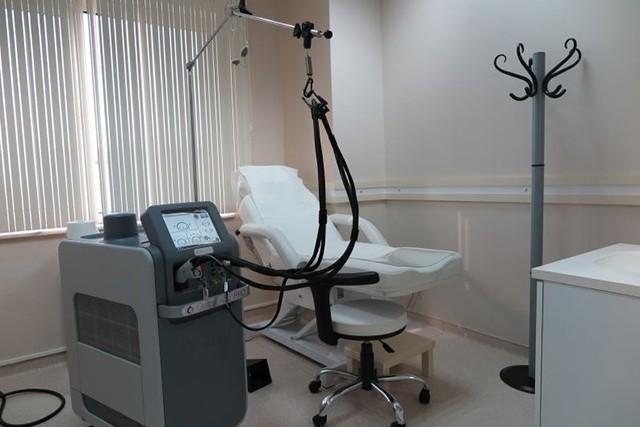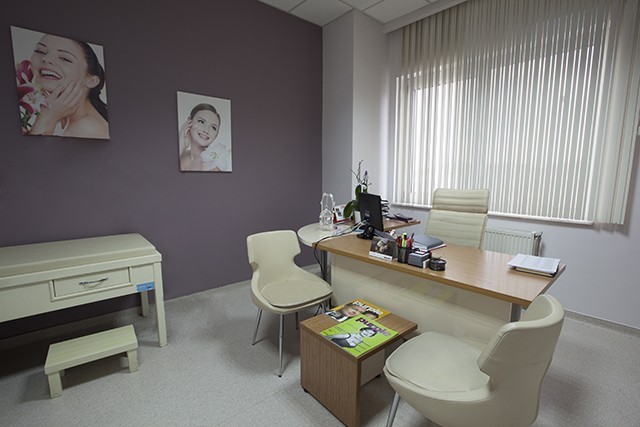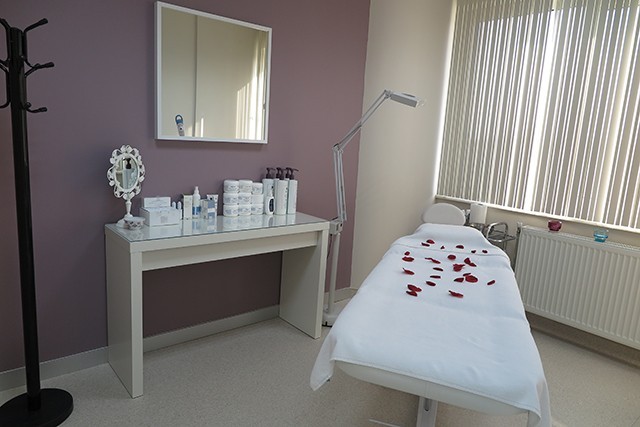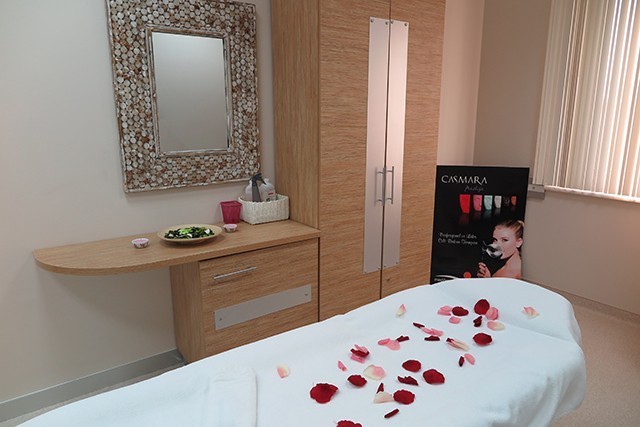
ORAL AND DENTAL HEALTH
SPECİAL KAS MEDİCAL CENTER
Fill in the form and we will contact you immediately!
* Your personal data and contact information you provide processed and maintained as Kaş Sağlık Hizmet ve Ürünleri Kimya San. Tic. Ltd. Şti (Kaş Medical Center) within the scope of the Law on Protection of Personal Data. For detailed information, you can read our personal data protection and processing policy * and the clarification text *.
Mouth and dental health
There is nothing more beautiful than a beautiful smile. The way to have bright teeth and a healthy mouth is to show the necessary importance to our mouth.
Diagnosis and treatment of all kinds of dental diseases such as fillings, bridges, implants, gum diseases, and crooked dental treatment are carried out in our clinic. In our dental units, examinations and treatments are performed with the latest model devices imported from Europe. Maximum attention is paid to hygiene and sterilization, examination instruments are individually packaged and sterilized.
Implant
Children’s Dental Health
Teeth whitening
Gum Diseases
Porcelain Lamina
Endodontics (Root Canal Treatment)
İmplant
Lack of teeth creates many problems both aesthetically and functionally. The person cannot chew effectively, and unwanted situations may occur in the jaw joint as a result of the problems he may experience during mouth closing. Along with health problems, non-aesthetic appearance causes loss of self-confidence in the person.
Implant; It is an artificial tooth root placed in the jaw, mostly in the form of a screw in order to replace missing teeth. Implants are usually made of titanium. Titanium implants have a high success rate due to their high tissue compatibility. The implant is widely used in dentistry, as it can be applied in a wide range of patients, from missing a single tooth to patients with no teeth.
The implant process consists of two stages. In a standard implant application, except for cases requiring further surgery, the area where the implant will be placed is anesthetized with local anesthesia in the first place. Then, the gingiva is removed and the implant is placed by preparing a place in the bone for the implant in accordance with the previously determined bone thickness and height. In the second stage, after waiting for a while for the implant to integrate with the jaw, the implant is opened and the part that imitates the tooth is placed and prosthetic procedures are started.
There is no rejection of the implant by the body. However, factors such as infections that may occur during the recovery period, not paying attention to oral hygiene, excessive alcohol and cigarette consumption may prevent the implant from joining with the bone.
With regular dentist control and good oral hygiene, you can use your implants for many years.
Bleaching
If you have complaints about your yellowing teeth and want your teeth to appear whiter, it is very easy to find a solution to this problem with the teeth whitening method. Bleaching, which is applied to have white teeth, is the choice of many people, especially recently. Teeth whitening is done in 2 ways. One of them is office type whitening and the other is home type whitening.
Gum Diseases
Oral and dental health is considered as a whole. For this reason, the health of the hard (bone) and soft tissues (gums) surrounding the teeth is as important as the health of the teeth. The most important symptom of gum disease is bleeding. The gums that start to bleed spontaneously, or the bleeding that occurs during the use of a toothbrush or dental floss is an indication that the gums are inflamed.
TOOTH STONE CLEANING
Tartar cleaning is the simplest and painless treatment applied by dentists. Generally, no anesthesia is required. However, local anesthesia can be applied to eliminate the sensitivity that may occur in patients with low pain threshold or severe gingival recession. Thus, the patient does not feel any pain during the procedure.
Porcelain Lamina
Lamina means leaf in latin. It is a method that is made by thinning only the front faces of the teeth by 0.3-0.7 mm without cutting the teeth and the least healthy tooth tissue is lost. This is the process of bonding porcelain dental lamina to the thinned area.
Root Canal Treatment (Endodontics)
The part of the tooth that is on the gum and visible in the mouth is called a crown, and the part hidden in the bone that is not visible in the mouth is called the root. The root number of each tooth is unique. There is a connective tissue in the center of the tooth between the crown and the root. This tissue is the part that gives vitality to the tooth and is called pulp. The branch of science that deals with every problem related to this part, also known as the dental nerve, is endodontics. Root canal treatment can be performed due to deep caries, fractures and cracks in the teeth, trauma and inflammation in the pulp.
Infections in the pulp area give symptoms in the form of redness and swelling around the tooth, chewing tenderness, pain that does not go away in hot and cold. We aim to eliminate the need for implant or bridge prosthesis by applying root canal treatment to our patients who apply to us with these symptoms, by keeping the relevant tooth in the mouth and maintaining its healthy function.
Dental Treatment Under General Anesthesia
In dental treatments, local anesthesia is generally sufficient for patient comfort. However, there may be some special cases where local anesthesia is not sufficient. In such cases, the patient can be treated comfortably by applying general anesthesia.
A patient who wants to have dental treatment with general anesthesia talks to a specialist anesthesiologist and after the necessary blood tests are done, it is determined whether he is suitable for anesthesia. Dental treatment of patients who are suitable for anesthesia is carried out under general anesthesia in the operating room environment and the patient is taken to his/her own private room to rest. If necessary, the patient can stay in the hospital for one night.
Who is suitable for dental treatment under general anesthesia?
Dentist phobia
Those with sensitive gag and vomiting reflexes
Mentally handicapped individuals
Patients with health problems and who need to be kept under control during treatment
People with tumor formation in their jaw
What are the advantages of dental treatment under general anesthesia?
The patient does not feel any pain or pain during the operation.
The patient does not feel anything during the operation, does not experience fear and anxiety.
The patient can complete the treatment, which he postponed due to fear of dentist, in a single session.







